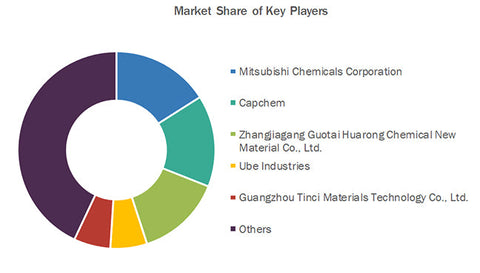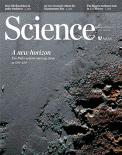News — Lithium ion battery
Innovations in Electrolytes - Market Research of Liquid and Solid Electrolyte for Lithium Batteries
Posted by MSE Supplies on
In this market research report, both liquid and solid electrolytes have been reviewed. Major players in these markets have been analyzed. Ampcera Inc. is commented as one of the leading manufacturers of solid state electrolyte ...
Recent advances in solid-state lithium conductors and presentation slides from Professor Gerbrand Ceder at ECS 2016
Posted by MSE Supplies on
Professor Gerbrand Ceder from UC Berkeley and LBNL, recently presented a comprehensive talk on the interfacial reactions between electrodes and solid state electrolytes at the ECS Meeting in Honolulu on Oct 6, 2016. MSE Supplie...
Science Published a Paper on Next-gen Batteries with Hydride-ion Conduction
Posted by MSE Supplies on
Science just published a new research article about transporting the hydrogen anion Hydrogen cation (H+) transport is common in both biological systems and engineered ones such as fuel cells. In contrast, the transport of hydro...
DOE Li Battery Funding Opportunity: The Integration and Optimization of Novel Ion Conducting Solids (IONICS) program
Posted by MSE Supplies on
The Integration and Optimization of Novel Ion Conducting Solids (IONICS) program seeks to enable transformational electrochemical cells by creating components built with solid ion conductors that have a wide range of desirable ...
Hot Topics in Battery Science and Technology from ACS Articles
Posted by MSE Supplies on
The current era is frequently and justifiably referred to as the silicon age or as the age of information. Recent years have seen the added twist that users in this era expect the information to be readily available at all time...


